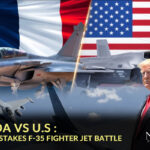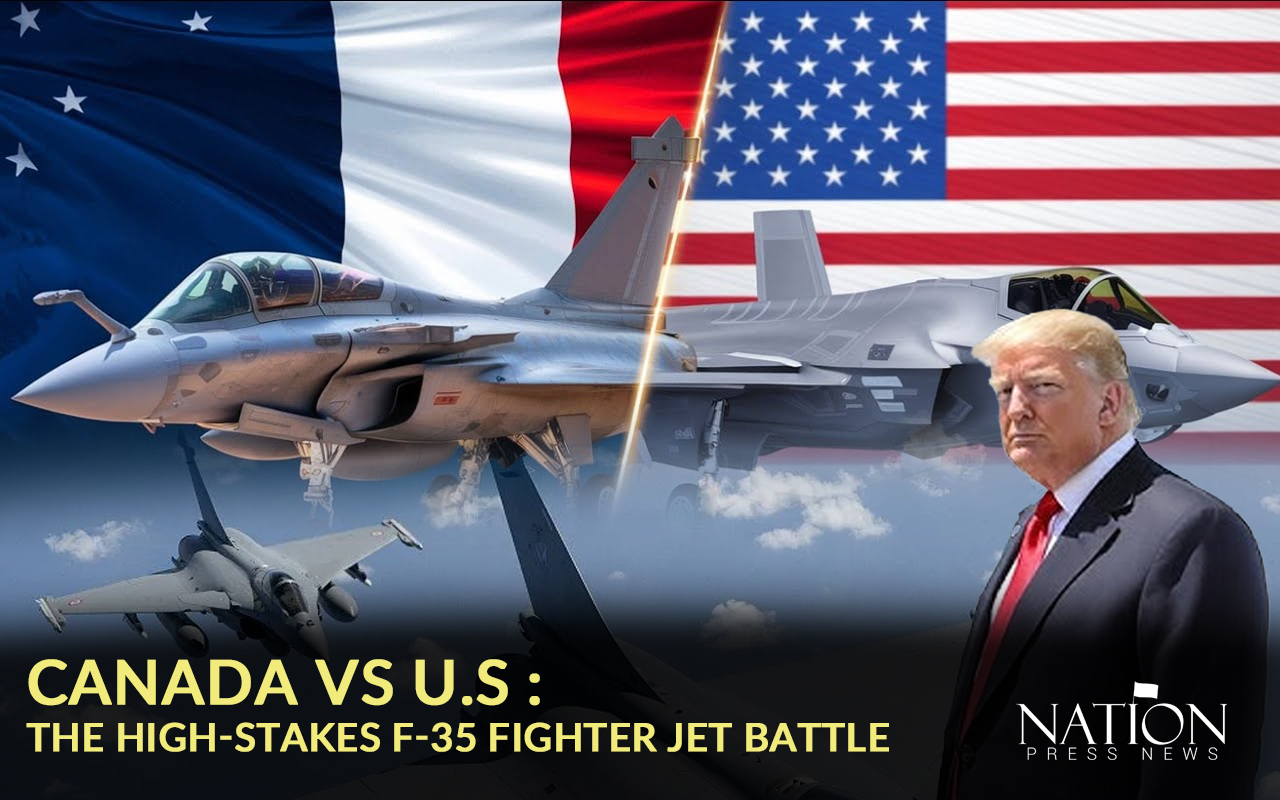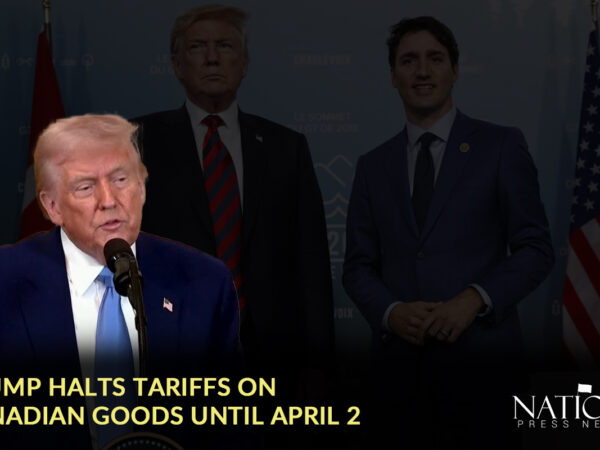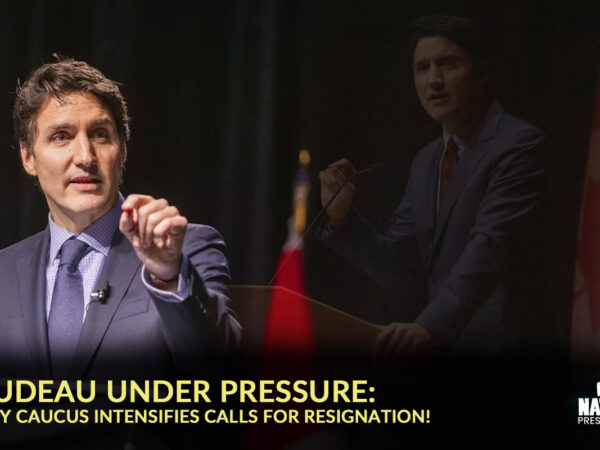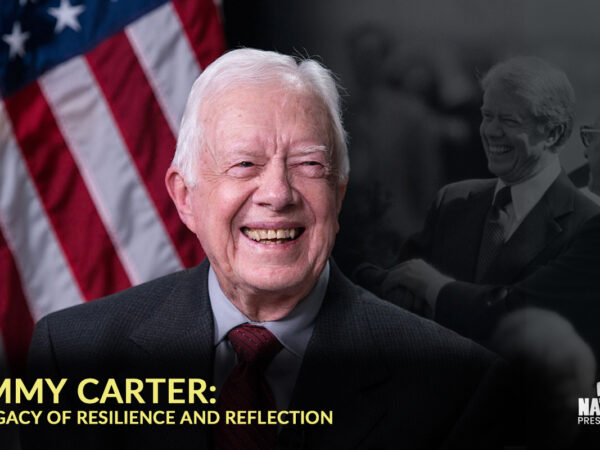Canada vs U.S: The F-35 Fighter Jet Deal and What’s at Stake
The rising tension between Canada and the U.S. has taken a new turn, as the dispute over the sale of F-35 fighter jets threatens to shake up the defense relationship that has been long-standing among the two allies. At the center of this disagreement lies the F-35, a fighter jet that is a symbol of cutting-edge military technology. But while the U.S. sees the F-35 as the gold standard for modern defense, Canada is starting to look elsewhere, questioning whether this American-made jet is truly the best fit for its needs and should put in a significant portion of their taxpayer’s money in America’s hands after Trump has assumed the presidency.
The F-35: A Modern Military Tech Marvel
The F-35 Lightning, made by American company, the aerospace giant Lockheed Martin, is a fifth-generation stealth fighter designed to accomplish a wide range of military missions, from air-to-air combat to dog fighting and air missions. It’s the kind of aircraft that can sneak into enemy airspace undetected, at high speeds, while simultaneously providing its pilot with unparalleled situational awareness and great weapon systems at their disposal. The jet is fast, stealthy, and loaded with sensors that give it an edge in the air and that’s why it’s become a must-have for many nations.
Since its introduction in the early 2000s, the F-35 has faced its share of delays and cost overruns, but it has slowly become a cornerstone of NATO’s air defense capabilities. Several countries, including the U.S., the UK, and Australia, have already signed on to purchase the F-35 as part of their defense modernization plans and started to receive deliveries, and Lockheed Martin has proudly promoted the jet as the future of military aviation as stressed on its capabilities.
Canada’s Eye on 88 Jets: A Big Decision
For Canada, the decision to buy the F-35 has been in the works for some time. The Canadian government has been looking to replace its aging fleet of CF-18 Hornets with a more modern solution. Early discussions pointed toward the F-35, with 88 jets possibly being purchased to bolster Canada’s air defense. The deal would be massive, estimations are around $74 billion CAD, including costs for training, maintenance, and infrastructure upgrades.
While that kind of investment would certainly upgrade Canada’s military capabilities, it’s not without its risks. The government is facing a tough choice: stick with the F-35, or explore alternatives that could meet the country’s defense needs without tying it too closely to U.S. suppliers as it is not preferred that Canadian taxpayer’s money falls directly in the hands of a U.S. company.
The Growing Disagreement: Canada Looks Beyond the F-35
Recently, however, things have taken a sharp turn. Canadian officials, including Minister of National Defence Anita Anand, have made it clear that while the F-35 is still on the table, Canada is seriously considering other options. “We are reviewing all options available to ensure we make the best decision for Canada’s national defense,” Anand said in a recent statement.
The Canadian Prime Minister echoed those remarks, expressing that the government doesn’t want to be locked into a single supplier, especially when there are other nations that could provide fighter jets that may be a better fit for Canada’s unique defense needs. “We are committed to making sure Canada’s military has the best tools for the job, but we want to explore other possibilities beyond just one option,” he added.
The Canadian government’s concerns go beyond the jet’s capabilities. The price tag attached to the F-35, coupled with worries about the long-term sustainability of operating such an advanced, high-maintenance aircraft, has made many questions about whether it’s the best choice. While the F-35 may be technologically superior, the long-term costs of around 53.8 billion CAD and the potential for unforeseen challenges could strain Canada’s defense budget.
What Happens If Canada Walks Away?
If Canada walks away from the F-35 deal, it would undoubtedly sour the relationship between the two countries, particularly in defense matters. The U.S. might view it as a slight, especially given that the two nations have long been close military allies, working together on a variety of global defense issues. Canada not buying the F-35 could also be seen as a blow to NATO’s air defense capabilities, as the F-35 is considered a key piece of the alliance’s future strategy.
However, Canada’s decision could have vast implications. If it rejects the F-35, it could turn to other countries for fighter jets. Sweden, for example, offers the Gripen, a more affordable alternative with impressive capabilities, and that too with the updated versions along with intellectual transfer of technology to maintain it within the country thus decreasing the long-term costs.. France’s Rafale is another option, though its operational compatibility with NATO forces may be a bit more complicated. Regardless of which route Canada takes, the move would signal a shift toward diversifying suppliers, making it clear that the country is no longer content to rely solely on U.S. defense contractors.
Lockheed Martin’s Perspective: Defending the F-35
Lockheed Martin, understandably, isn’t thrilled about Canada looking elsewhere. The company has been a major proponent of the F-35’s capabilities and benefits, emphasizing its advanced technology and combat readiness. “The F-35 is the most advanced fighter jet in the world,” said a company spokesperson. “It’s already integrated into the air forces of multiple NATO allies, and it’s designed to provide Canada with the strategic edge it needs for decades to come.”
While that may be true, critics of the F-35 point to the aircraft’s ongoing maintenance issues along with higher operational costs, raising doubts about whether it’s the right fit for Canada or not. The government should weigh these concerns carefully before making a final decision as it is going to be a huge one.
Conclusion: The Uncertain Road Ahead
As the battle between Canada and the U.S. over the F-35 rages on, it is obvious that the stakes are high. The future of Canada’s defense plan—and its future with the U.S.—will be determined by whether or not it proceeds with the F-35 deal, or not. The Canadian government is set on making the best decision for the security of the country, but whether this is proceeding with the F-35 or looking around is to be seen. For the time being, the debate continues, with both sides keen to make sure that Canada’s air force is prepared for the future.

